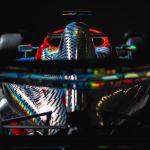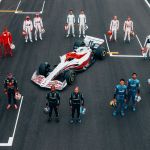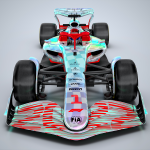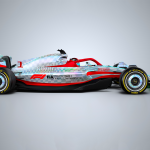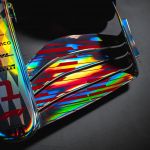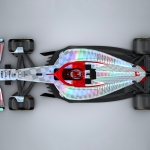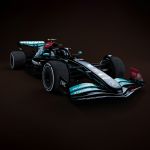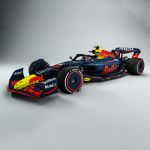
The design of the new F1 liveries of 2022
The rules change, the aesthetics of the cars change
July 19th, 2021
Before the fiery English weekend that saw Lewis Hamilton return to the podium at his circuit - the Silverstone straight was named after the seven-time world champion - F1 presented the new liveries for next season. A technical revolution but also an aesthetic one, with the single-seaters that from 2022 will change their face to "increase the show and reduce risks and costs" according to the words of the FIA number one and former Ferrari Team Principal Jean Todt. The rules are changing and the cars are changing, with new elements and new safety regulations that protect the Circus show but also the stability, sustainability and safety of the drivers - just think of what happened just a year ago to Romain Grosjean on the circuit of Bahrain.
Among the main innovations there are the tires, both in terms of size (they go from 13 to 18 inches) and in terms of protection seen and considered the huge wheel arch that will be inserted in the next season. But among the changes there are also the bodies with aerodynamics that improve the air flows, the reinforced sides of the car that reduce the possibility of the car losing parts when it takes to the track, rear wing and nose of the car with a decidedly different shape compared to the 2021 version.
The design, however, did not make everyone happy despite the presentation with great fanfare with the involvement of all the pilots. Many experts have pointed out a stark resemblance to the cars that race in IndyCar, a rival of Formula One. In the days immediately following the launch, a post from the F1 Instagram account revealed the concepts of the liveries of the various teams and among the surprises there is a Mercedes that will no longer be total black but will return to being the "silver arrow" that everyone knows and a Ferrari that does not remain hidden (the only one still shrouded in mystery).
Another important change concerns sustainability, a topic to which the CEO Domenicali reserved great importance during the presentation phase. The new single-seater will be able to consume less fuel during practice and the race, but F1 has said it is ready for major changes also with regard to new types of fossil fuels to have an ever smaller impact on the environment and sustainable consumption.








































.png)


.jpg)


.png)
















